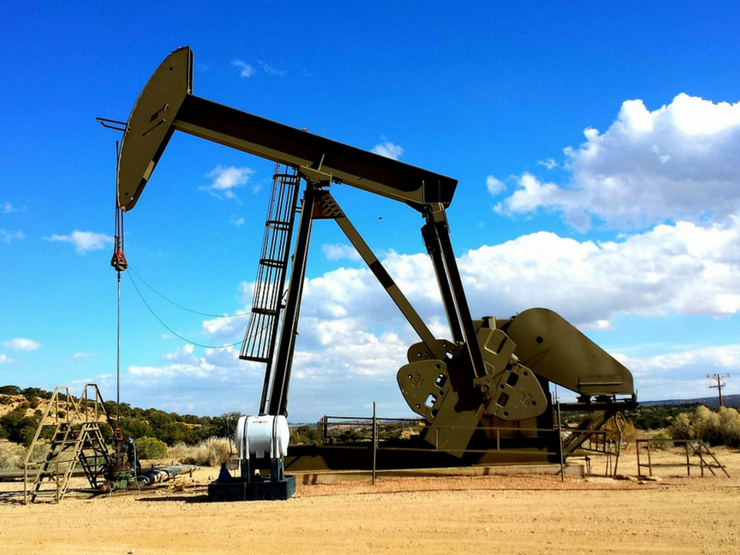A tariff reprieve, but a weaker starting point


Insight
Prices across the base metals complex have generally been stronger than expected in recent months, prompting some upward revisions to our price forecasts

For more information please refer to the attached report:
© National Australia Bank Limited. ABN 12 004 044 937 AFSL and Australian Credit Licence 230686.